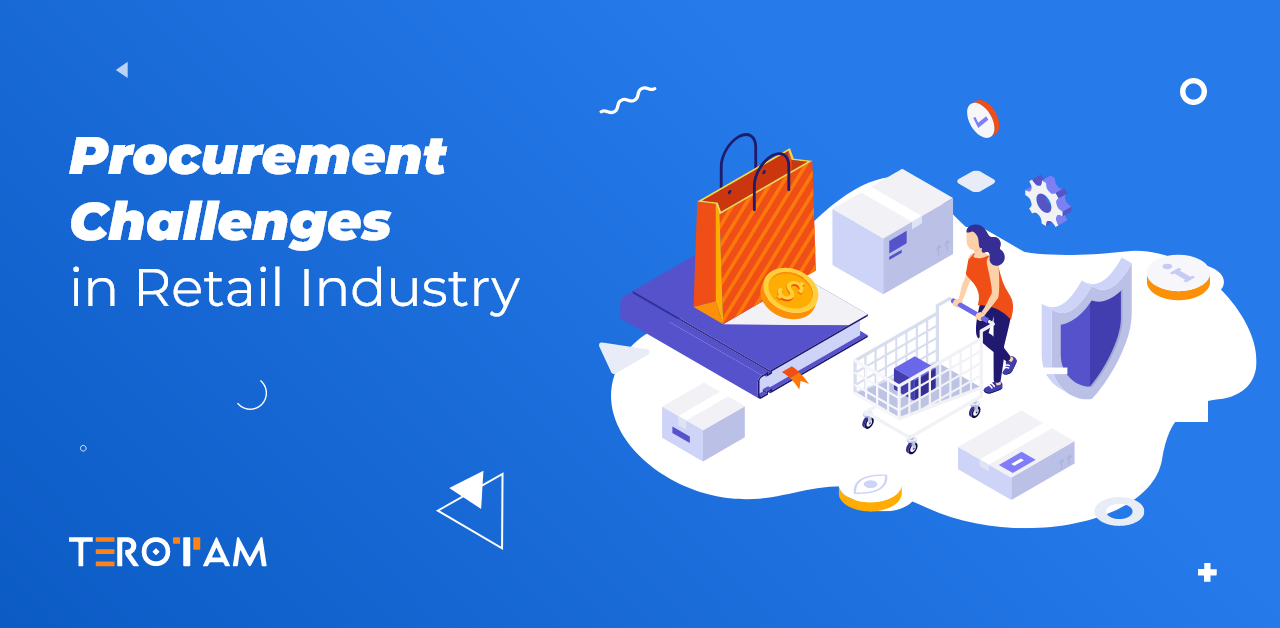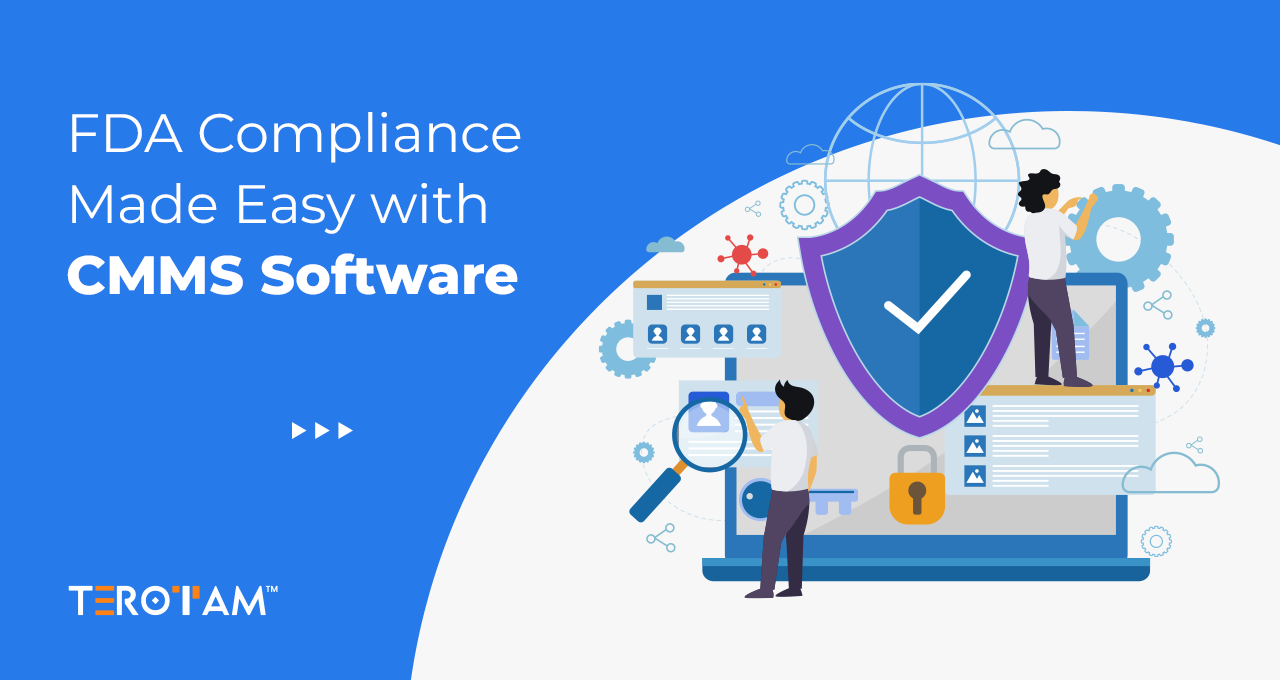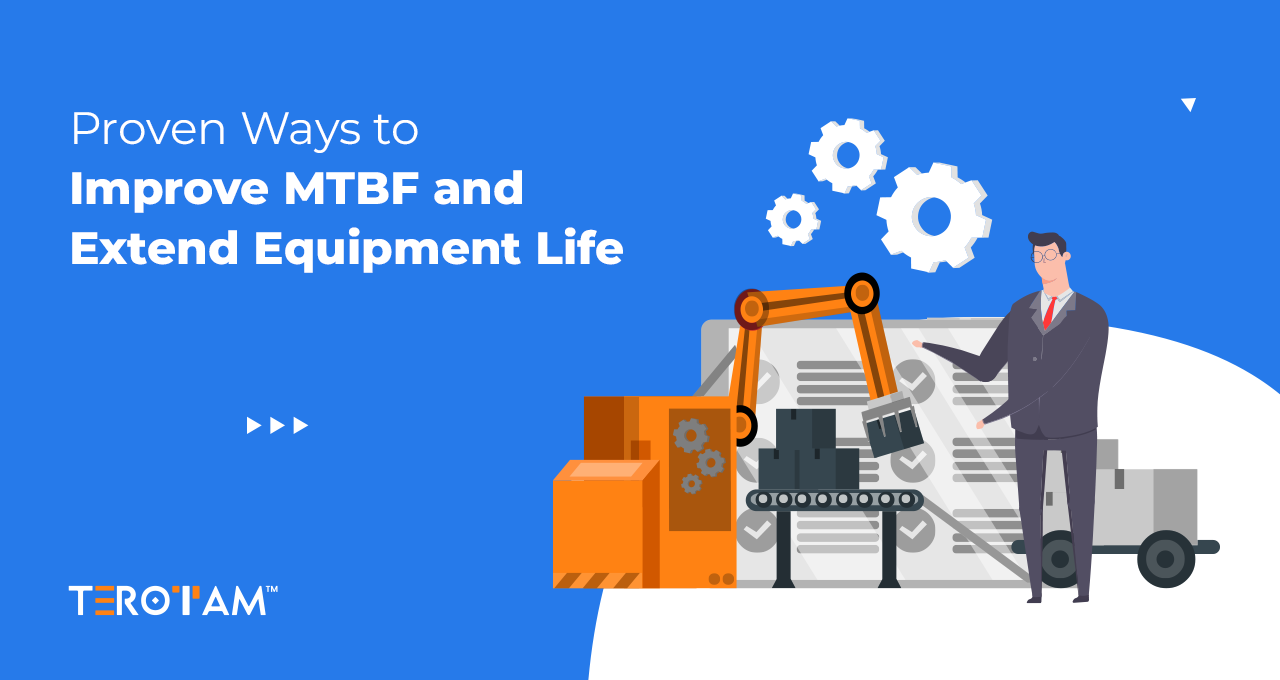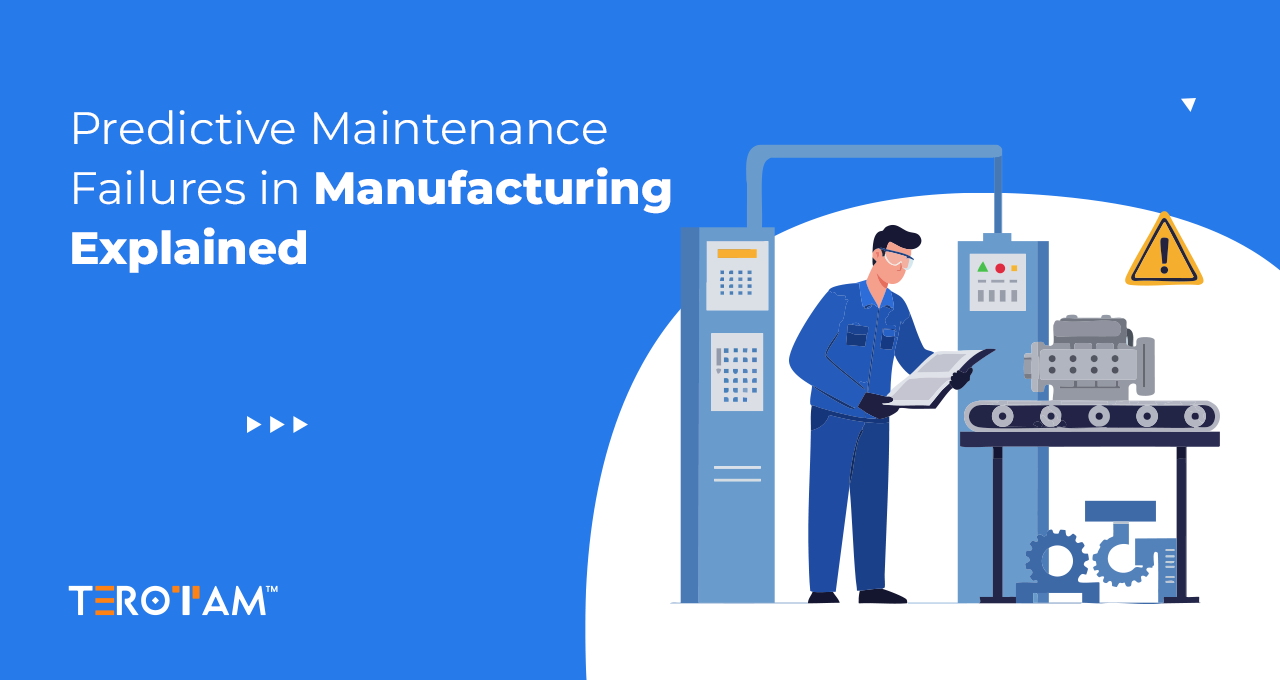Curious about what happens behind the scenes to bring your favorite products to the store shelves?
In the retail world, where trends and customer preferences are always shifting, there’s a group of people who make it all happen. They face challenges, from predicting what customers will want to ensuring everything runs smoothly.
So, what’s their story? In this discussion article, we will break down the basics of retail procurement, looking at trends, smart strategies, and the skills that turn challenges into successes in the retail industry.
Let’s talk.
Procurement in the Retail Industry
Procurement in the retail industry is a multifaceted process involving the acquisition of goods and services essential for a company’s operations. This critical function extends beyond merely buying products; it encompasses the entire supply chain, from sourcing raw materials to negotiating contracts with suppliers and managing inventory levels.
Let’s take a look at its primary elements that sets up the retail business procurement.
1. Strategic Sourcing:
- Retail procurement begins with strategic sourcing, where organizations identify, evaluate, and establish relationships with suppliers. The focus is on securing reliable sources for raw materials and finished goods.
- Procurement professionals engage in rigorous supplier evaluations, considering factors such as supplier capabilities, financial stability, and the alignment of values.
2. Negotiation and Contracting:
- Negotiating favorable terms is a pivotal aspect of retail procurement. This involves discussions on pricing, payment terms, delivery schedules, and quality standards.
- Contracts are drafted to formalize agreements and establish clear expectations. These contracts serve as a foundation for the ongoing relationship between the retailer and its suppliers.
3. Purchase Order Management:
- Once agreements are in place, the procurement team generates purchase orders based on demand forecasts and inventory requirements.
- Efficient purchase order management ensures accurate and timely communication with suppliers, helping to prevent stockouts or excess inventory.
4. Supplier Relationship Management (SRM):
- Effective SRM is crucial for maintaining positive and collaborative partnerships with suppliers. Regular communication, performance evaluations, and joint problem-solving contribute to a healthy supplier relationship.
- Strong SRM practices can lead to better responsiveness from suppliers, ensuring flexibility in meeting changing market demands.
5. Risk Mitigation:
- Retail procurement professionals must be proactive in identifying and mitigating risks in the supply chain. This includes assessing geopolitical, economic, and environmental factors that could impact the availability of goods.
- Developing contingency plans and diversifying the supplier base are common strategies to minimize disruptions.
6. Cost Control and Optimization:
- Cost management is central to procurement in the retail sector. Procurement teams continuously assess cost structures, seeking opportunities for cost reduction without compromising product quality.
- Leveraging economies of scale and exploring cost-effective sourcing options contribute to overall cost optimization.
7. Compliance and Sustainability:
- Compliance with regulations and industry standards is a non-negotiable aspect of retail procurement. This includes adherence to labor laws, environmental regulations, and product safety standards.
- Increasingly, there’s a focus on sustainable and ethical sourcing practices. Retailers are incorporating environmentally friendly and socially responsible criteria into their procurement strategies.
Current Trends and New Practices in Procurement of Retail Industry
Procurement practices in the retail industry are undergoing a notable transformation. The adoption of e-procurement solutions and sustainable sourcing reflects a commitment to operational efficiency and environmental responsibility. Enhanced collaboration with suppliers, agile supply chain practices, and data-driven decision-making underscore the industry’s focus on innovation. These trends, complemented by remote procurement operations and outsourcing non-core tasks, signify a strategic evolution in retail procurement.
Digital Transformation in Retail Procurement:
Increasing adoption of e-procurement solutions and digital platforms tailored for retail to streamline processes and enhance efficiency.
Sustainable Product Sourcing:
Growing emphasis on environmentally friendly and socially responsible sourcing practices in the retail industry.
Enhanced Collaboration with Retail Suppliers:
Closer partnerships with suppliers to improve transparency and communication throughout the retail supply chain.
Agile Supply Chain for Retail:
Implementation of agile supply chain practices in retail to respond rapidly to changing market trends and navigate disruptions effectively.
Retail Data-Driven Decision-Making:
Utilization of big data and analytics specifically tailored for retail to inform decision-making in procurement strategies.
Remote Procurement Operations in Retail:
Accelerated adoption of remote procurement processes and digital tools within the retail sector for increased operational flexibility.
Outsourcing Non-Core Retail Procurement Tasks:
Delegating routine procurement tasks to third-party specialists, enabling retail businesses to focus on strategic objectives.
Top 5 Challenges of Procurement in Retail Industry
Procurement in the retail sector grapples with multifaceted challenges. Supply chain disruptions, including natural disasters, pose threats demanding resilient recovery strategies. Managing costs amid volatile commodity prices and currency fluctuations requires agile financial approaches. Accurate demand forecasting, intricate supplier relationships, and compliance with diverse regulations further accentuate the complexity inherent in retail procurement.
Supply Chain Disruptions:
- Unpredictable events like natural disasters and geopolitical tensions disrupt the supply chain, causing delays and shortages.
- The complexity of global supply networks amplifies vulnerability to unforeseen disruptions.
- Managing the aftermath of disruptions demands quick recovery strategies and resilient supply chain practices.
Cost Fluctuations:
- Fluctuating commodity prices and currency exchange rates pose challenges in predicting and managing procurement costs.
- Rapid market shifts demand agile financial strategies to mitigate budgetary impacts.
- Continuous monitoring and analysis of market trends become imperative to navigate cost uncertainties.
- Strategies involving hedging, long-term contracts, and supplier collaboration are employed to stabilize costs.
Demand Forecasting Challenges:
- Accurate prediction of consumer demand is difficult, leading to overstocking, stockouts, and increased carrying costs.
- Implementing advanced analytics and machine learning enhances demand forecasting accuracy.
- Collaborating with sales and marketing teams facilitates a more holistic understanding of customer behavior.
- Continuous monitoring and adjustment of inventory levels based on real-time data improve demand responsiveness.
Supplier Relationship Management Issues:
- Difficulties in managing relationships with suppliers result in communication gaps, quality control issues, and potential disruptions.
- Establishing clear communication channels and performance metrics fosters strong supplier relationships.
- Regular supplier audits and assessments ensure adherence to quality standards and maintain consistency.
- Proactive issue resolution and collaboration enhance the overall effectiveness of supplier relationships.
Compliance and Regulatory Hurdles:
- Navigating complex regulations, including environmental standards and labor laws, poses a significant challenge, with frequent changes requiring constant adaptation.
- Implementing robust compliance management systems and staying informed about regulatory changes are essential.
- Collaborating with legal and compliance experts ensures adherence to evolving standards.
- Developing a proactive approach to compliance reduces the risk of legal and reputational issues.
E-procurement: The Ultimate Solution for Procurement Challenges in the Retail Industry
E-procurement, or electronic procurement, leverages digital technologies to streamline and enhance the entire procurement process, offering significant advantages for the retail industry.
How eProcurement Software Works for the Retail Industry?
E-procurement software operates as a centralized platform that automates and facilitates various procurement tasks:
Sourcing and Vendor Management:
E-procurement tools enable retailers to efficiently source and manage vendors. This includes vendor onboarding, performance monitoring, and collaborative communication.
Purchase Order Automation:
Automation of the purchase order process ensures accuracy and expediency. eProcurement management software generates, sends, and tracks purchase orders seamlessly, reducing manual errors and delays.
Catalog Management:
Retailers can maintain and update product catalogs within the e-procurement system, ensuring that procurement teams have access to the latest information on available products and suppliers.
Budget Management:
E-procurement solutions facilitate effective budget management by providing real-time insights into spending, enabling better control over procurement expenses.
Streamlined Approval Workflows:
Approval processes are streamlined through automated workflows, reducing delays in obtaining necessary authorizations for procurement activities.
Reporting and Analytics:
E-procurement systems offer robust reporting and analytics tools, providing valuable insights into procurement performance, spending patterns, and supplier metrics.
Benefits of eProcurement Software for the Retail Industry
Cost Savings:
eProcurement software significantly reduces costs associated with manual processes, paperwork, and error correction. Automated workflows and bulk negotiations contribute to financial efficiencies, enabling retail businesses to optimize procurement expenditures.
Efficiency and Time Savings:
Automation within e-procurement expedites the entire procurement process, from sourcing to order fulfillment. This efficiency translates to time savings for retail teams, allowing them to redirect efforts toward strategic initiatives, supplier collaboration, and value-added tasks that enhance overall productivity.
Enhanced Accuracy and Compliance:
E-procurement systems introduce a higher level of accuracy by minimizing errors related to manual data entry. The precision in documentation not only ensures reliable procurement records but also contributes to compliance with regulatory standards, reducing the risk of legal consequences and promoting ethical procurement practices.
Improved Supplier Relationships:
Centralized vendor management through e-procurement platforms fosters improved communication and collaboration with suppliers. This transparency strengthens relationships, facilitates negotiation of favorable terms, and allows for prompt issue resolution. The result is a more resilient and cooperative supplier network.
Strategic Decision-Making:
Real-time data and analytics provided by eProcurement software empower retail professionals to make informed decisions. Insights into spending patterns, supplier performance, and market trends enable strategic planning, ensuring that procurement activities align with broader business goals. This strategic alignment is crucial for maintaining competitiveness in the retail sector.
Scalability:
E-procurement solutions offer scalability to accommodate the evolving needs of growing retail businesses. Whether expanding product lines, entering new markets, or handling increased procurement demands, the system adapts seamlessly. This scalability ensures that efficiency and effectiveness are maintained throughout periods of growth, supporting the agility required in a dynamic retail environment.
Conclusion:
The retail industry’s procurement landscape is complex and dynamic, presenting numerous challenges for industry professionals. However, by embracing e-procurement solutions, retailers can overcome these challenges and position themselves for success in the ever-evolving marketplace. As technology continues to advance, staying ahead of the curve is not just a competitive advantage but a necessity for retailers looking to thrive in the modern challenging marketplace.
Looking to streamline the procurement of your retail business? – connect with our e-procurement experts now.








